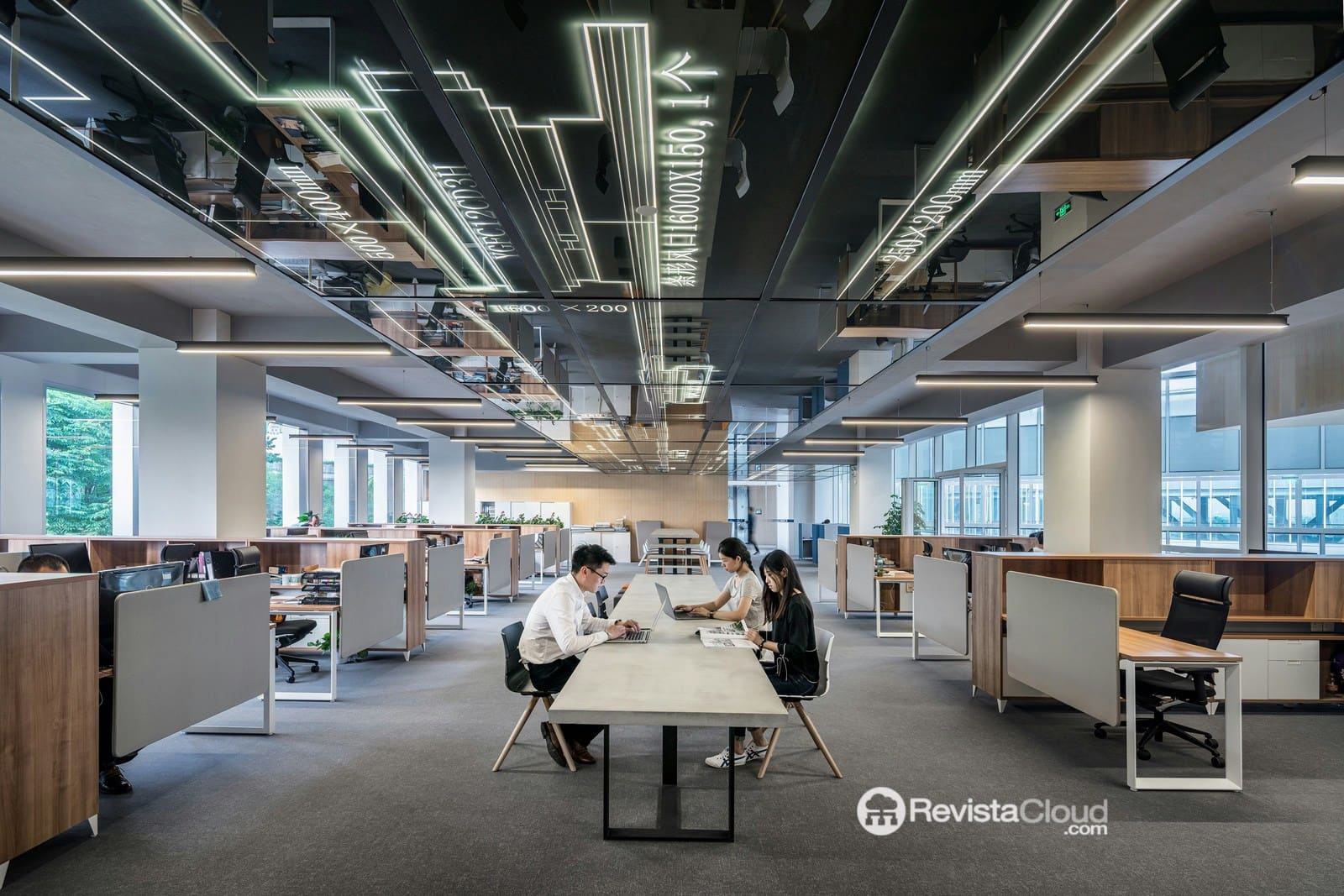In 2023, Gartner offered a series of forecasts for the automation space, ranging from hyper-automation and hybrid infrastructure tools to the challenges of digital transformation. Now that the year has concluded, it’s time to review whether Gartner’s predictions came to fruition.
1. Internet of Behavior (IoB) Programs
Prediction: More than half of the world’s population would be subject to at least one IoB program by the end of 2025.
Current Status: IoB programs are gaining momentum, especially in the private sector. Although it’s difficult to measure the exact percentage, there is a noticeable increase in the adoption of IoB initiatives, particularly in consumer-oriented industries such as health tracking, financial monitoring, employee and student monitoring to improve behaviors, among others.
2. Transition to Cloud Infrastructure
Prediction: 40% of all enterprise workloads would be deployed in cloud infrastructure and platforms by 2024.
Current Status: Cloud adoption has increased, surpassing the predicted 40%. Several organizations have embraced cloud infrastructure for its scalability and efficiency, in line with the growing trend towards digital transformation, as evidenced by the RISE with SAP program.
3. AIOps for Automated Change Risk Analysis
Prediction: By 2024, 40% of product and platform teams would use AIOps for automated risk analysis of changes in DevOps pipelines, reducing unplanned downtime by 20%.
Current Status: The use of AIOps is on the rise, contributing to optimizing DevOps pipelines and aiming to improve operational efficiency, enhancing proactive management of IT environments.
4. Container Management
Prediction: Over 75% of large companies in mature economies would use container management by 2024.
Current Status: Containerization has become a widespread practice, with a significant proportion of large companies incorporating it into their IT strategies, with Kubernetes standing out as an essential element in CI/CD workflows.
5. Hyper-Automation Initiatives
Prediction: Organizations would reduce operating costs by 30% by combining hyper-automation technologies with redesigned operational processes.
Current Status: Hyper-automation has rapidly developed, driven by the need for precision and productivity. Hyper-automation platforms are designing, orchestrating, and automating complex workflows, integrating disparate systems, and improving collaboration across teams.
6. Evolution of the CIO Role
Prediction: One in ten technology leaders by 2025 would find themselves as the de facto customer experience leader in their organization.
Current Status: The role of the CIO is evolving with a focus on customer experience, assuming responsibilities that reflect the increasing integration of IT with the overall business strategy.
7. Digital Wall Challenges and New Computing Paradigms
Prediction: Traditional computing technologies would hit a digital wall by 2025, necessitating a shift to new computing paradigms.
Current Status: Organizations are facing the challenges posed by the “digital wall.” Exploration of new computing paradigms, such as neuromorphic computing, is underway, indicating a recognition of the limitations of current technologies.
Conclusion – Automation in 2024
Gartner’s predictions are manifesting to varying degrees across industries. The overall theme is the rapid adoption of digital transformation, with automation playing a role in reshaping IT landscapes. As we move forward, the trends identified by Gartner continue to guide organizations in navigating the changing technological landscape.

